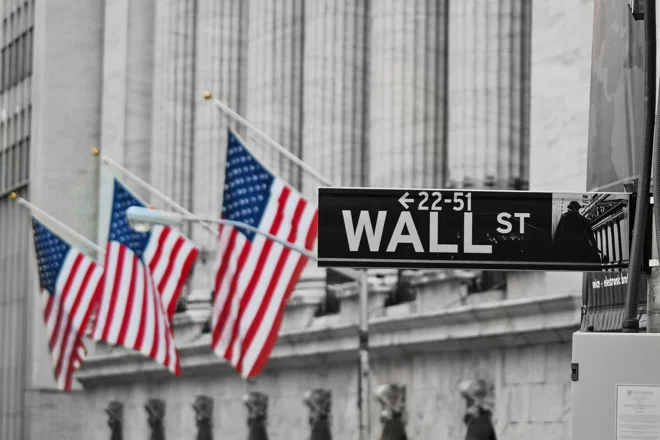US
Could the Fed cut interest rates in July?
Signs of a de-escalation in the Middle East helped calm markets last week, with oil prices falling and market sentiment improving, which supported equities, with the S&P 500 reaching a new record. However, US Treasury yields also fell (prices rose), a dynamic usually seen when risk sentiment sours.
Market expectations that the US Federal Reserve (Fed) will resume cutting interest rates sooner rather than later drove the rebound in US Treasuries. Despite Fed Chair Powell’s pushback against a rate cut in July, he did acknowledge that some weakening in US economic data, though no prospects of recession in the near term, supports the case for lower rates. Furthermore, two Fed governors explicitly suggested that the Fed could deliver a rate cut in July.
We think the Fed will cut twice by the end of the year, though not necessarily as soon as the July meeting. The tariffs implemented by US President Trump are likely to push prices higher, which will weigh on growth. Moreover, Trump’s “big, beautiful bill”, which he hopes will be passed before 4 July, will significantly increase US borrowing and widen the budget deficit. This is likely to exert upward pressure on yields (and downward pressure on prices), which is why we hold fewer US Treasuries than usual in our portfolios. From a currency perspective, Fed cuts and wider deficits also support our view of a weaker US dollar. The US dollar index has already lost 10% in 2025 and looks set to depreciate further.
Global
NATO members commit to a further increase in defence spending
Since the start of the year, a more resilient Chinese economy and signs of fiscal support in Europe have begun to attract investors to markets outside the US. A rising US deficit (see above) and policy uncertainty also mean investors want more in return for holding US dollars, contributing to its recent depreciation, despite high US Treasury yields. The weakening of the dollar is one of the key reasons why we’ve diversified away from US assets in 2025.
Last week, NATO allies pledged to meet Donald Trump’s demand to increase defence spending to 5% of GDP by 2035. To put this in perspective, the increase for the 28 European NATO members would be roughly the size of the entire Dutch economy.
This comes on top of Europe’s spending plan, Readiness 2030 (formerly known as ReArm Europe), which we believe will have positive spillovers, not only on sectors related to defence and infrastructure but also on the entire economy. We expect information technology to benefit from an increase in demand for cybersecurity and defence technology, healthcare due to enhanced demand for medical supplies, utilities and energy from increased electricity, power and fuel demand, and financials from increased inflows, as well as defence contracts and potential M&A deals. This should support employment, in turn boosting consumer spending. This was the reason we bought European equities at the start of the year. In 2025, the STOXX 600 index has outperformed both the S&P 500 and the Nasdaq 100. From a currency perspective, the increase in spending will likely raise productivity, a renewed tailwind for Europe after years of meagre investments. We expect that the euro has further room to climb vs the dollar.
This week
US labour market, services and manufacturing activity, and inflation
This week, investors will focus on the US labour reports (Thursday), given the build-up in expectations for Fed rate cuts. For now, a resilient labour market has kept the Fed on the fence despite its preferred inflation measure hovering just above the Fed’s 2% target for three months. Consensus expects the unemployment rate to increase slightly to a still low 4.3% and nonfarm payrolls to come in at around 110,000, down from 139,000 previously. A print much lower than 100,000 could reinforce expectations that the Fed will cut rates in July; a print significantly above it, might lead investors to expect no cuts for several months. In addition, the market will watch the release of services activity, which has fallen into contraction territory for the first time since June 2024. A modest rebound is expected.
Elsewhere, Tuesday is a big data day. To assess the early impact of tariffs, investors will watch Chinese manufacturing activity, Japan’s consumer confidence for June and eurozone manufacturing activity. We will also get Germany’s unemployment data, which is expected to stay at 6.3%, before the day closes with the eurozone inflation print, forecast to rise to 2.0% (from 1.9%). This is still in line with the central bank target and with the underlying (core) measure, excluding volatile components such as food and energy stable at 2.3%. It also underscores our view that the European Central Bank will cut rates to 1.75% before year-end.





